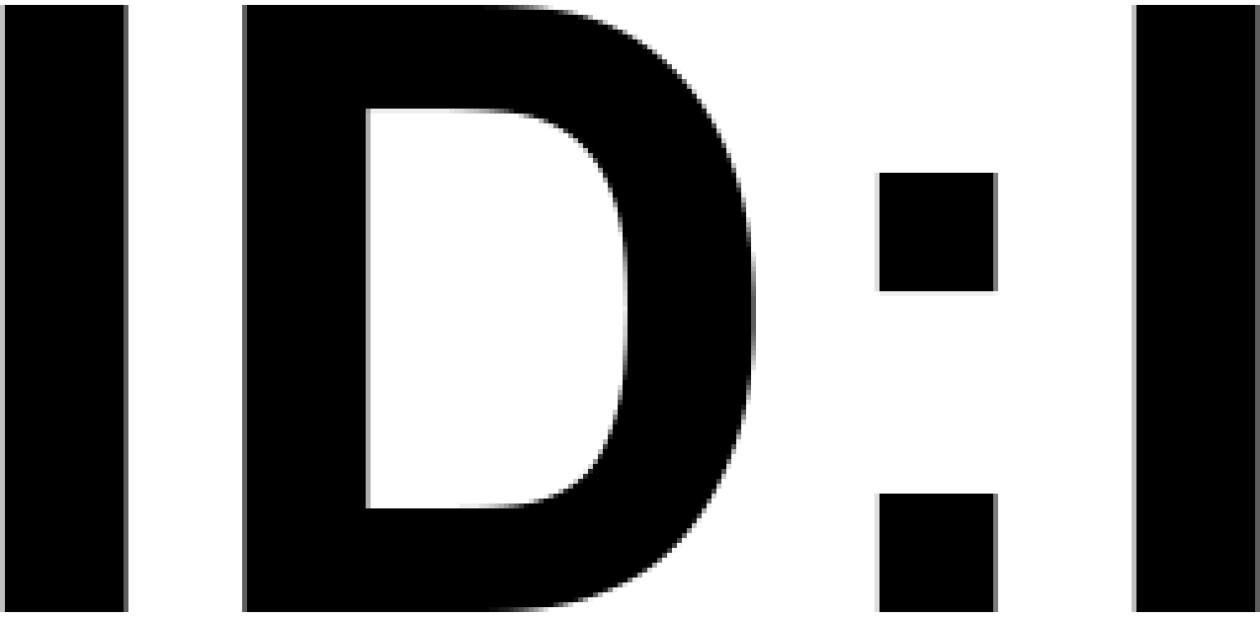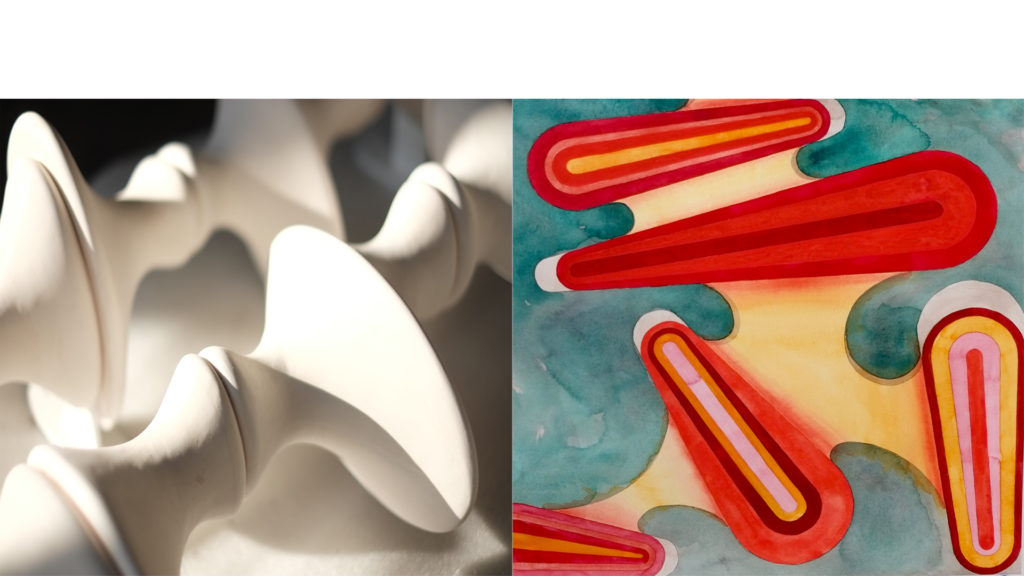BREOGÁN
Utställningen pågår 16 – 25 april 2021
”The landscape issue needs a metric of its rhythms”
In this way, the landscape works here as an economic engine of an impoverished region and, at the same time, as a living part of its culture. I believe that within this analysis there is a connection between the local and particular of Galicia and certain global aspects at the level of economy and functioning of natural environments.I am thinking, for example, of how the cyclical acts both in the life dynamics of the landscape and in the professions that are dedicated to it and that end up passing from generation to generation; in the relationship that occurs between a geological, planetary or seasonal time and another shorter and more human one, with a less universal but still historical and cultural sense.
This fascinates me, I am really interested in all the possibilities that the analysis of the mechanisms of representation of these landscapes and their processes opens up. I think many questions arise when contrasting a scientific representation based on fixed data, which we presuppose as something technical and objective, with the idea of the landscape as a kind of sediment that is transmitted and recreated collectively through different generations within the same identity feeling.
I do not seek to reflect a place in an image, I am more concerned with being a kind of connector between two existing ways of approaching that place: one more popular and the other more scientific, to show the contrast between the two and question them. To understand the circular process of the symbolisation of the landscape (and its times). tt arbeta med formen och dess möjliga utveckling är en klassisk sysselsättning för konstnären genom historien. Att använda ready-mades har konstnärer gjort i bara drygt hundra år – den ställer frågan : Vad är konst? Är vad som helst konst?
På grund av Covid-19 kan vi inte låta för många besökare vistas i galleriet samtidigt. Tack för att du visar hänsyn genom att hålla avstånd.



